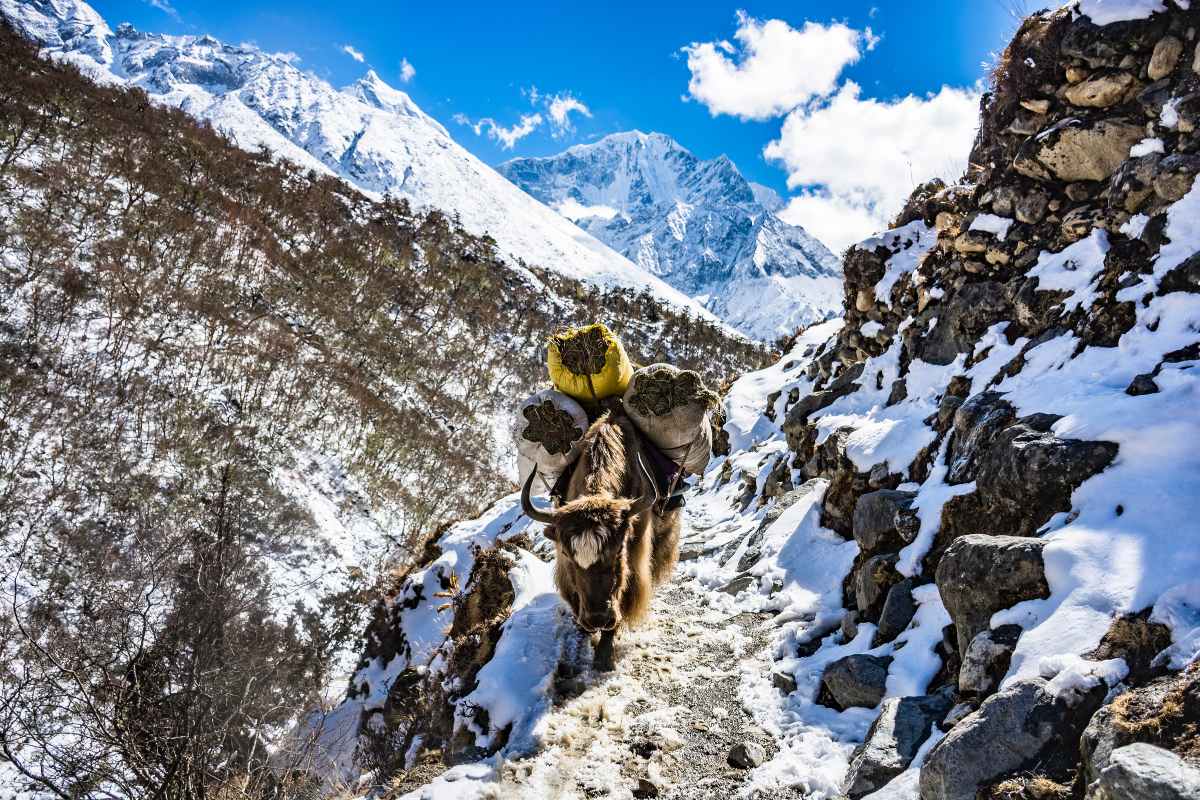
What's The Worst Time To Visit Nepal?

What's The Worst Time To Visit Nepal?
swotah travel
10788
01, 01 2023
Are you planning to visit Nepal? Well, you have chosen the right place to go for a holiday or vacation - you will be loaded with immense fun and adventures. The diverse geography, culture, people, and climate are the best attractions of this country. From the high-altitude Himalayas to the lowlands of Terai and from the Sub-Tropical Tundra climate in the upper region to the hot and moderate weather in the lower part, Nepal has thousands of tourism aspects to offer.
If you talk about the culture, festivals, and backgrounds of the people living here, you will surely lock this country up in your heart. The richness and the weight of history that the diverse communities of Nepal carry are nowhere to be found in any other place in this world. That’s why Nepal is a unique country with a blend of natural beauty, cultural abundance, and geographical richness.
Nepal is an incredible country, offering breathtaking scenery and unique culture. But when planning a trip to Nepal, it's essential to know what time of year is best. The weather can significantly impact your plans — from the amount of rain you'll experience to how much snow will be on the ground — so here's a guide to help you plan your perfect visit. We'll cover the worst time of year to visit Nepal and why and some tips for when you should go instead. So read on for everything you need to know about planning your trip!
Overview of Nepal's Seasons and Climate
Nepal experiences five main seasons: spring, summer, monsoon, autumn, and winter. The best time to visit Nepal depends on what kind of activities and experiences you're looking for.
If you're interested in trekking and mountaineering, the best time to visit is during autumn, from September to November. The weather is stable, and there is little chance of rain or snow.
The spring season from March to May is also a good time for trekking, as the weather is warm but not too hot. However, this is also the peak tourist season so the trails may be more crowded.
Summer is a good option if you want to avoid the crowds but still enjoy good weather. June to August are the months with the least rainfall, making it ideal for camping, rafting, and other outdoor activities. Just be aware that temperatures can get relatively high during this time of year.
The monsoon season features heavy rain from June to September in Nepal. There are better times for trekking or outdoor activities, but if you are okay with getting wet, you may enjoy discounted rates at hotels and restaurants. Just be sure to bring your rain gear!
Finally, winter from December to February can be cold in Nepal, especially at higher elevations. However, this is also an excellent time for skiing and other winter sports. If you don't mind bundling up, winter is the best choice for a trip to Nepal.
June-September | The Monsoon Season: Rainy Days and Low Visibility
Nepal's monsoon season typically begins in June and lasts until September. This is the time of year when the country experiences its heaviest rains and lowest visibility. If you're planning a trip to Nepal during this time, be prepared for wet weather and limited views.
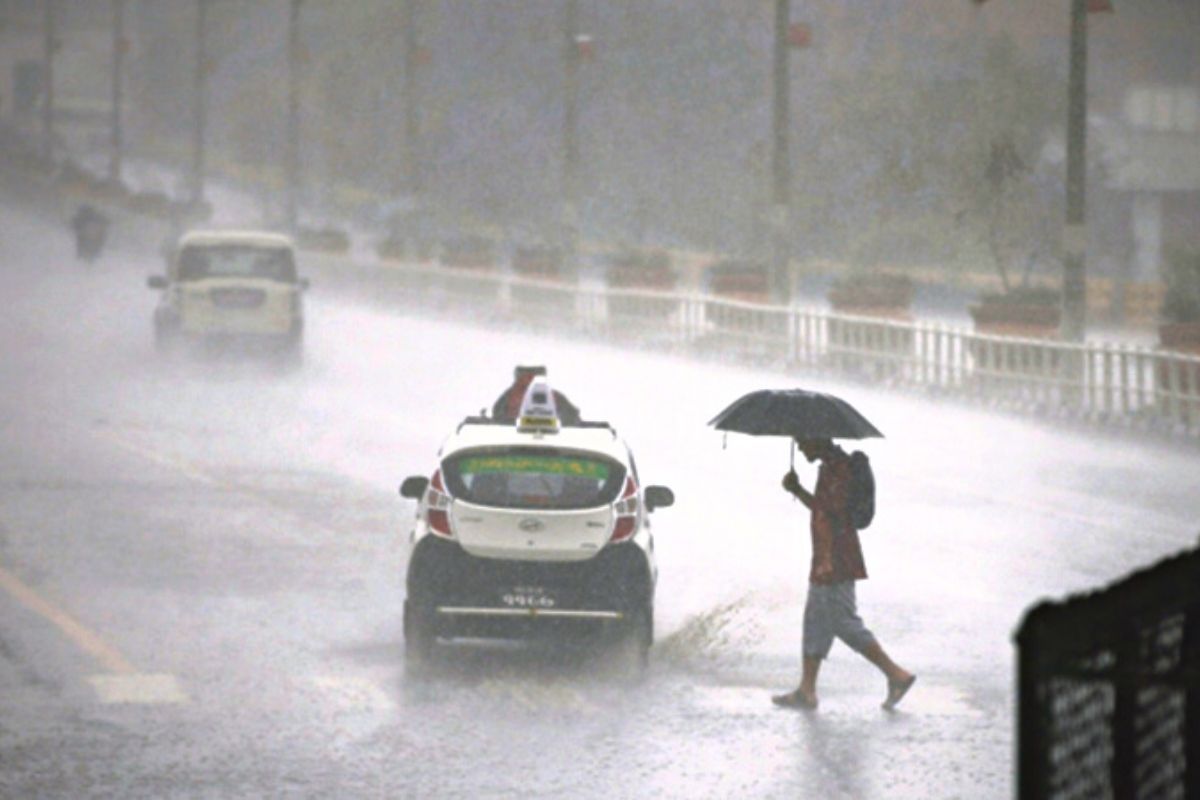
The average rainfall during the monsoon season is about 20 inches (50 centimeters). But some years, it can be much higher. For example, in 2017, Nepal received nearly 40 inches (100 centimeters) of rain during the monsoon season. That's more than double the average!
One of the best things about traveling during Nepal's monsoon season is that fewer tourists are around. So if you don't mind getting wet, this can be a great time to visit Nepal and experience its culture and natural beauty without crowds.
Just be sure to pack your rain gear and wear comfortable shoes that can handle slippery conditions. And if you're heading into the mountains, be aware that visibility can be very low during this time of year.
December-February | Cold Weather in Winter: Avalanches, Trekking Challenges and Closure of Mountain Routes
Nepal is a country that is well-known for its stunning mountains, but the winter months can bring some challenges. The temperature in January can go below -20 Degrees Celsius in the Himalayan region, which can lead to frostbite and other cold-related illnesses.
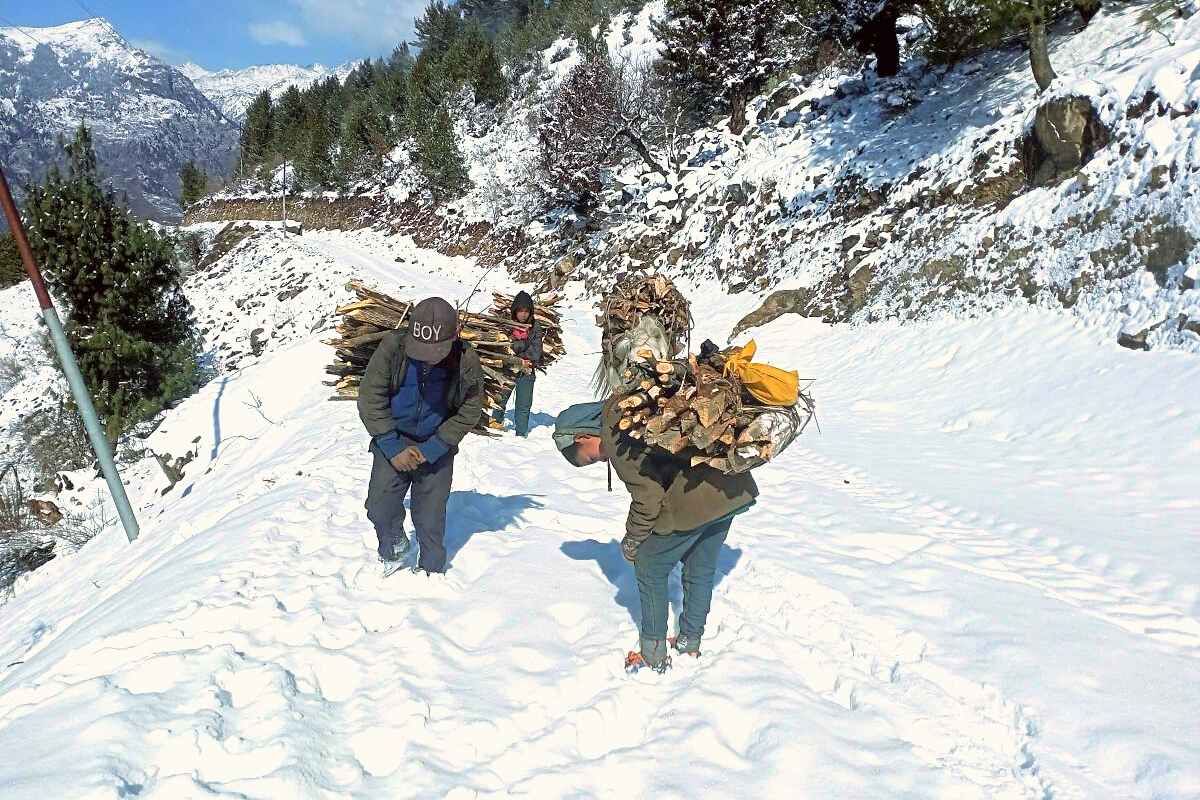
Avalanches are a primary concern in Nepal during the winter, and trekking routes can be closed due to heavy snowfall. If you're planning on visiting Nepal during the winter, you must be aware of these potential hazards.
Avalanches, one of the biggest dangers in Nepal during the winter, are triggered by heavy snowfall, which can bury homes and villages beneath meters of snow. Trekking routes can also be closed due to avalanche danger. If you're planning on trekking in Nepal during the winter, check the conditions before setting out.
Closure of mountain routes is another challenge visitors to Nepal may face during the winter. Due to heavy snowfall, many mountain roads and trails are impassable during this time of year. This can make getting around Nepal difficult, especially if you're trying to reach remote villages or towns. If you're planning on traveling to Nepal during the winter, check road and trail conditions before setting out.
March-May | The Hot Season: Mudslides, Weak Infrastructure, and Health Issues
The hot season in Nepal is generally from March through May. These months typically increase rainfall and temperatures, leading to several problems throughout the country.
Mudslides are expected during the hot season due to the increased rainfall. This can lead to blocked roads and dangerous conditions in many areas. Additionally, weak infrastructure can be strained during this time, leading to power outages and other issues.
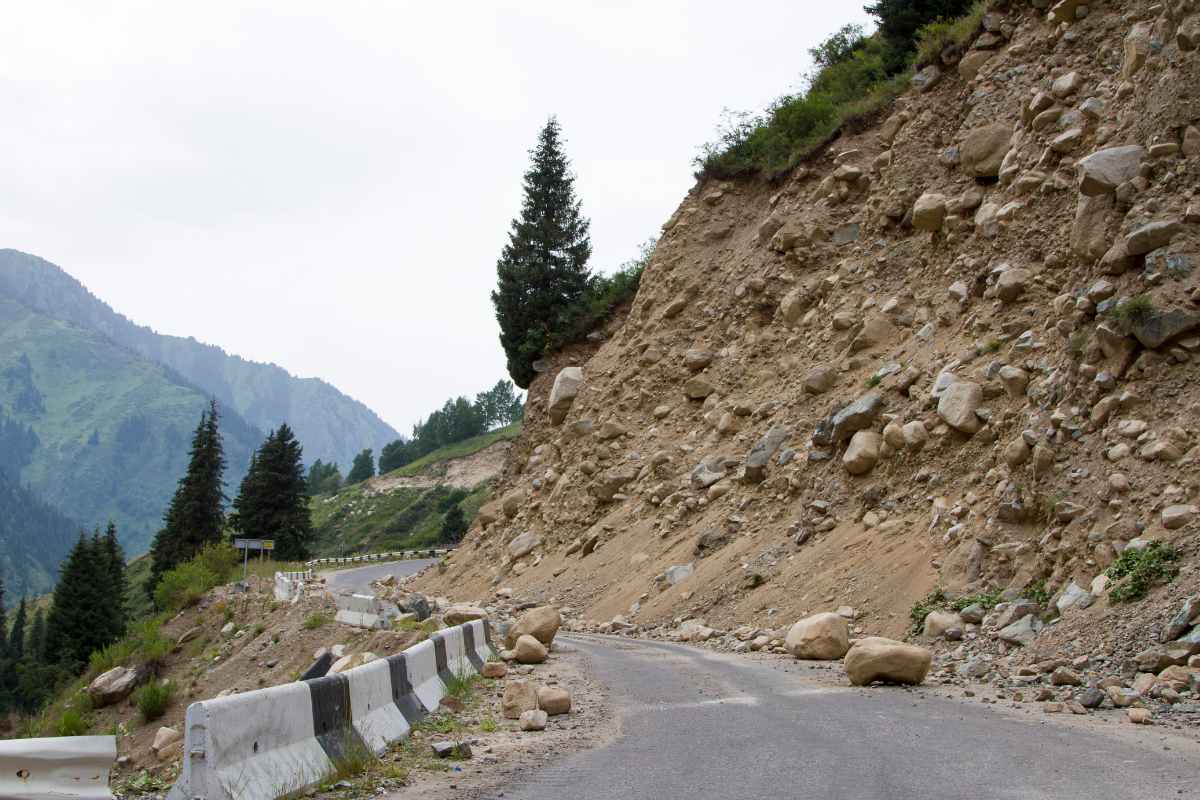
Health issues are also a concern during the hot season. Heat stroke and dehydration are risks, particularly for those not used to higher temperatures. It is essential to stay hydrated and cool during this time.
Unfavorable Cultural Observances During Certain Time Periods
Nepal is a country worth visiting if you're a traveler who enjoys exploring new cultures and learning about different customs. However, specific cultural observations may be considered unfavorable at certain times of the year. Here's a quick guide to some of the unfavorable cultural observances during specific periods in Nepal:
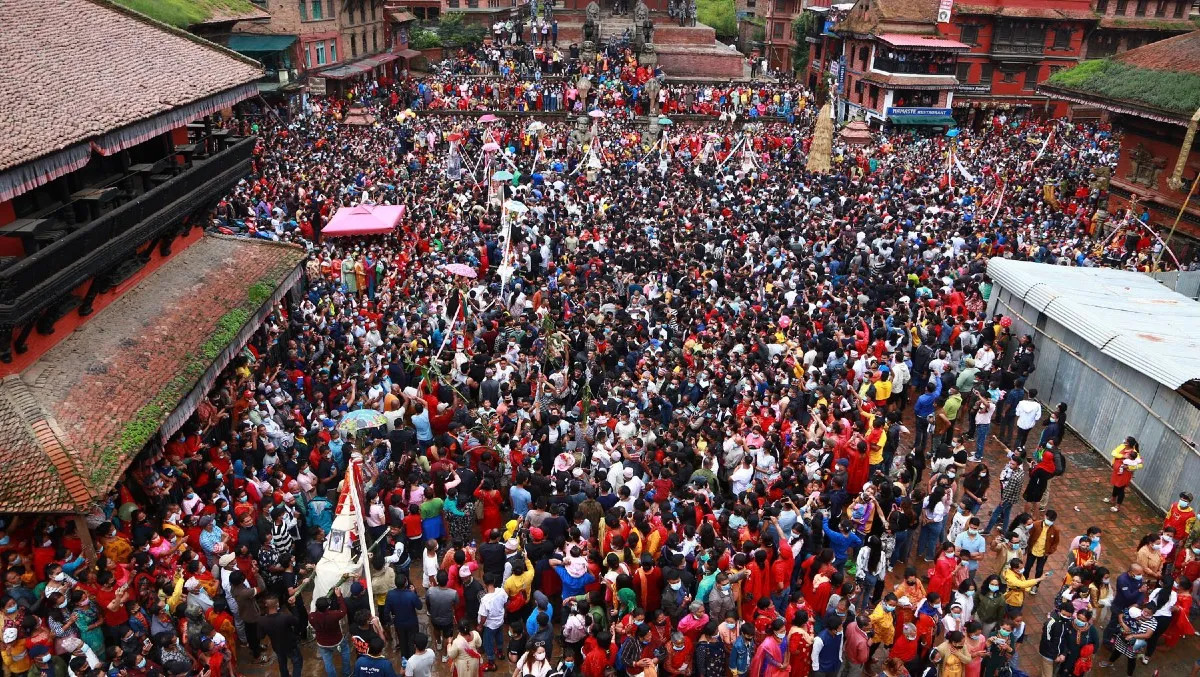
-During the month of Ashwin (September-October), Hindus observe the Pitri Paksha, a period of mourning for deceased ancestors. Many temples and shrines are closed during this time, and travelers may find it challenging to participate in activities such as sightseeing.
-In November, Nepal celebrates the Hindu festival of Diwali, also known as the "festival of lights." This 5-day festival is a joyous occasion for Hindus, but travelers may find the festivities disruptive.
-In late December and early January, Nepal celebrates the Buddhist festival of Losar. This 15-day festival is a time for feasting and merrymaking, but travelers may find the celebrations disruptive.
Long Holiday Periods and Crowded Attractions During Festive Times
If planning a trip to Nepal, avoid the country during its significant holidays. Long holiday periods can be challenging due to crowds at popular attractions and a general feeling of chaos in the air.
Festive times are particularly chaotic, as everyone is out and about celebrating. This can make it challenging to get around and enjoy the sights. If you're not used to large crowds, Nepal may not be the best place for you during a holiday period.
Also Read: Mount Everest Rainbow Valley: Death Zone of Everest
All in all, the worst time cannot be detected as usual - it depends on your travel plan here in Nepal. It is based on what activities you are planning and the possible challenges while you create your actions and knowing if the surrounding environment in Nepal hampers the plan. But if we see generally, the high-altitudes are not recommended in the winter season (December to February), and lowlands are not recommended in the summer (March to May). Simply, it means avoiding cold regions in the winter and hot areas in the summer. If you plan well, Nepal can be the wonderland you might have been looking for your whole life. Who knows if Nepal’s destinations are waiting for your presence and ready to give you daring adventures?
NEWSLETTER SIGNUP
Sign up to receive our trip ideas and travel offers!
Get updates and Exclusive Offers up to 20% Discount








